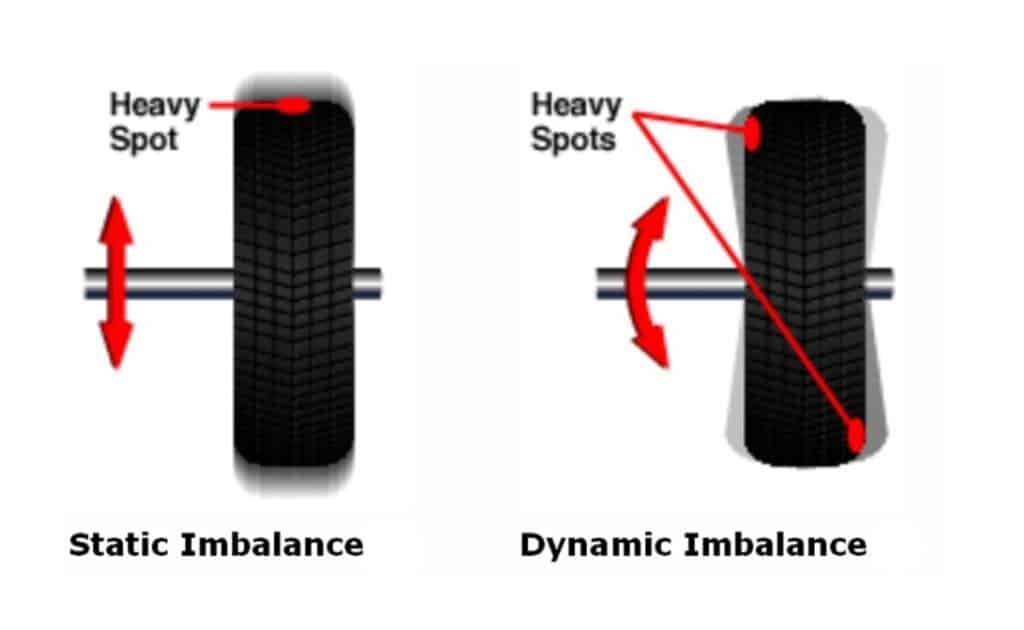When a manufacturer creates a tire or wheel, no two are ever exactly alike. That means they are different weights — even if it’s by a fraction of an ounce. Those small differences can cause issues, which is why we balance the wheel-tire assemblies on every vehicle we service. But how do you know if your tires and wheels need to be rebalanced? We have some quick tips.
Tire balancing is a tune-up for each of your wheel-tire assemblies. Balancing helps ensure weight is evenly distributed around the entire circumference of the tire and wheel. Balancing a wheel-tire assembly is done with small weights.
The common symptoms of an out-of-balance wheel-tire assembly are uneven and faster tread wear, poor fuel economy, or vibration in the steering wheel and/or floorboard that gets worse at faster speeds. When all areas of the wheel-tire assembly are as equal in weight as possible, the tire will roll smoothly. This helps improve tread wear. Balancing also contributes to overall ride comfort.
Imbalanced tires can wobble or hop up and down, causing vibration. If a front tire isn’t properly balanced, you’ll likely feel vibration in the steering wheel. If the problem is in the rear, you’ll feel shaking in the seat or floor.
Everyday wear on tires and wheels can cause an imbalance. Plus, if a wheel weight comes off, if you hit a curb or pothole, or if you get a flat repaired, your wheel-tire assembly can get out of balance.
When a wheel-tire assembly is especially out-of-balance, you’ll likely know it right away. You’ll feel it in the steering wheel or floorboards. A thump-thump-thump sound that gets louder at lower or higher speeds might also be an indicator. Here are a few signs that you should get yours rebalanced.
You might need an alignment, or your tires and wheels are out of balance.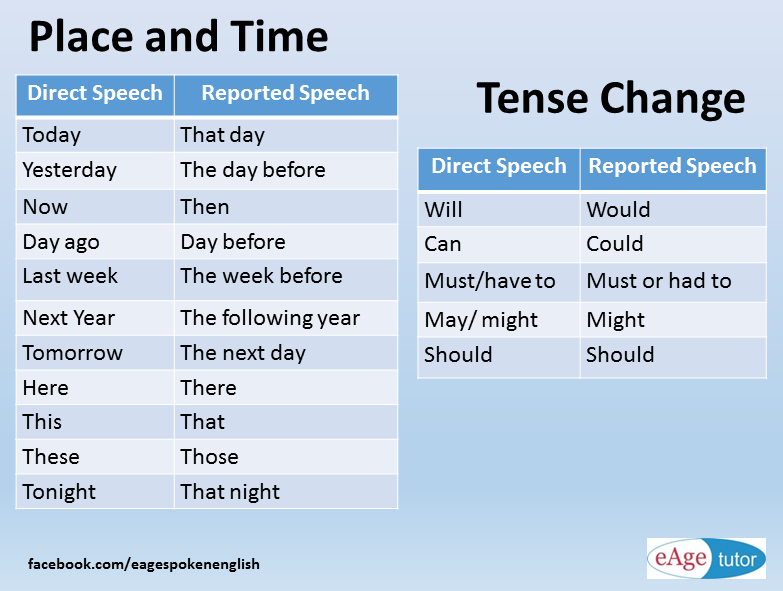 Les Schwab has the expertise to check your vehicle, make recommendations, and get you back on the road.
Les Schwab has the expertise to check your vehicle, make recommendations, and get you back on the road.
If the tread on your tires appears to wear too quickly, it could be an out-of-balance wheel-tire assembly.
Vibration in the steering wheel when driving could be caused by an out-of-balance wheel-tire assembly. It could also be a bent wheel, a damaged tire (which won’t be fixed by balancing), worn suspension parts or other aging components. If you feel a vibration, don’t wait. Get to Les Schwab and let our pros take a look.
It’s advisable to get your wheel-tire assemblies balanced with every tire rotation. Additionally, anytime you get new tires, balancing should be part of the new-tire package. Other times to consider rebalancing include when you hit a curb, pothole, or other debris that breaks off or damages a balance weight, if you get a flat repaired, or anytime you notice uneven tread wear and vibrations.
At Les Schwab, tire balancing and rotation are done at the same time. However, they aren’t the same service. Tire rotation is when a vehicle’s front and rear wheels are switched to even out tread wear. Since both require removing each wheel, it’s convenient to do them at the same time.
Les Schwab Tip: Do you leave your car or truck parked in one spot for months at a time? Flat spots could develop in the tires, causing balance issues. This can go away after a few miles of driving. But if not, stop by Les Schwab.
Rebalancing is done in a tire shop by putting the wheel-tire unit on a tire balancing machine that takes measurements to pinpoint lighter or heavier areas. Adjustments are then made to account for these weight differences. The best time to get it done is when tires are being rotated, both for convenience and because you might have a tire out of balance on the rear of the vehicle and won’t feel it until it is moved to the front.
Here’s how it’s done:
A tire mounted on a wheel is attached to a tire balancing machine.
The wheel is spun while vibration measurements are taken. This tells the tech if the weight is spread evenly, how much weight to add and where on the wheel to attach it.
If an imbalance is found, the technician may be able to rebalance and adjust the weights (adding more). But sometimes it requires the tech to also reposition the tire on the wheel and then rebalance. This is because a heavy spot on the wheel and on the tire can sometimes line up together, causing a greater imbalance that needs to be corrected.
Though both should be part of regular auto maintenance, balancing isn’t the same as getting an alignment. Wheel alignment corrects the angles of the tires so they travel in the same direction and properly make contact with the road.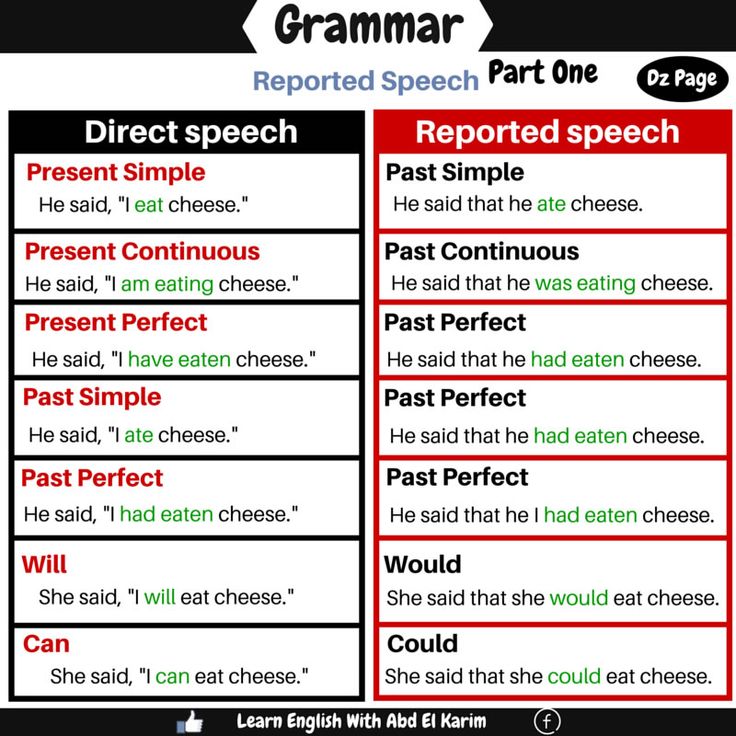 Alignment reduces uneven tire wear and extends the life of your tires.
Alignment reduces uneven tire wear and extends the life of your tires.
The benefits of a balanced wheel-tire assembly include a smoother ride, as well as money saving benefits such as less tread wear, better gas mileage, and less strain on many parts of your vehicle.
Properly balanced wheel-tire assemblies can add up to more tread life, increased fuel economy, and less wear and tear on your vehicle. Les Schwab has the tools and know-how to get yours done right. If you have a set of Les Schwab tires, come on by and we’ll rebalance them for free. It’s part of our Best Tire Value Promise. Didn’t buy your tires here? We’ll be happy to take a look, give you an estimate, and get the job done right.
The yoga studio isn't the only place where you'll hear the words "balancing" and "alignment." You'll also hear these words mentioned when you take your car in for service.
But what do balancing and alignment mean off the yoga mat? Both contribute to a smoother ride, but tire balancing and alignment are different services. A tire balance corrects the weight imbalance on your tire and wheel assemblies, while an alignment corrects the angles of the tires so that they come into contact with the road in just the right way.
If you’re wondering, “What is wheel alignment?” or, “What does tire balancing mean?” it’s time to dive deeper into your car care practice. Learn the difference between the two today.
Tire balancing (also known as wheel balancing) corrects uneven distribution of weight
in the wheels. Imbalanced wheels can lead to vibration, excessive tire wear, damage tothe suspension, and other problems.
During a tire balance service, your tires and wheels are mounted onto a tire balancing machine. The machine spins the tire and wheel assembly to measure the imbalance, so that a technician can precisely install the correct tire weights to achieve a properly balanced wheel and tire assembly. Often, wheel balancing and alignment happen during one service, but they shouldn't be confused for the same thing!
Often, wheel balancing and alignment happen during one service, but they shouldn't be confused for the same thing!
Uneven tire wear and vibration in your steering wheel, floorboard, or seat can signal it's time for tire balancing. You may also want to have your tires balanced during a tire rotation, after a flat tire repair, or as part of your scheduled maintenance.
Interestingly, the part of your car that trembles can indicate whether the front or back wheels need balancing. If it's in the steering wheel, it’s likely your front tires. If it's in the seats, the imbalance is in the back wheels.
Tires can become out of balance because of uneven tire wear or the loss of a wheel weight because a rim hits a curb or pothole. If you leave your car parked for extended periods without moving it, the tires might develop flat spots that cause imbalances.
Wheel alignment (also known as tire alignment) refers to an adjustment of a car's suspension — the system that connects a vehicle to its wheels. It's not an adjustment of the tires or wheels themselves.
It's not an adjustment of the tires or wheels themselves.
Alignment keeps your car from veering to the right or left. It also can improve the handling of your vehicle and stop unusual on-the-road vibrations.
Your vehicle might need an alignment if you notice any of the following:
Your alignment can get knocked out of whack after being in a car accident, driving over a pothole, or running into a curb.
The most significant benefit of balancing services is that they prevent premature tire tread wear. Technicians agree that getting your tires balanced every 5,000 to 6,000 miles (or as recommended by your manufacturer) can help extend their lifespan and improve their performance.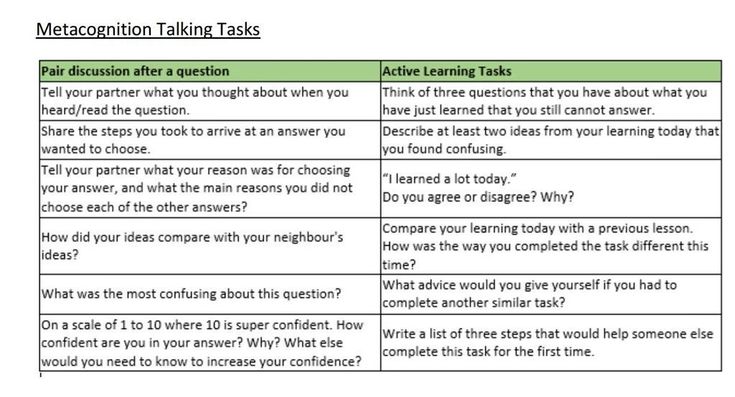
Wheel alignment benefits, on the other hand, include improved vehicle handling, fuel efficiency, and tire life. Firestone Complete Auto Care recommends that you have your vehicle's alignment checked every 6,000 miles or twice a year. Left untreated, alignment issues can shorten a tire's life by thousands of miles, and they can damage critical steering and suspension components.
| Tire Balance vs. Alignment Quicklook | |||
|---|---|---|---|
| Service | Definition | Signs It's Time | Benefits |
| Tire Balance | A tire balance corrects the weight imbalance on your tire and wheel assemblies. | Uneven tire wear and vibration in your steering wheel, floorboard, or seat. | Proper balancing can lead to a smoother ride, less tire wear, and reduced strain on the drivetrain. |
| Wheel Alignment | An alignment corrects the angles of the tires so that they come into contact with the road in just the right way. | Vehicle pulls to one side, rapid tire wear, squealing tires, or crooked steering wheel when driving straight. | Proper alignment ensures a smoother ride for you and a longer life for your tires. |
Are you noticing symptoms of balancing and alignment issues in your car? Don't let them disrupt your flow. Schedule an appointment at your nearest Firestone Complete Auto Care for a zen-like ride that’s both relaxing and reliable.
LADA
UAZ
KIA
Hyundai
Renault
Toyota
Volkswagen
Skoda
BMTs
BMAN
BMARS
BMAN
Mitsubishi
Mazda
Ford
All brands
nine0003
Related materials
Seasonal tire change: everything car owners need to know
To begin with, a small educational program. Balancing is the alignment of the center of mass of the wheel with the axis of rotation. In this case, the loads are fixed opposite the heavy part of the wheel. This is the definition of static balancing. And since the wheel is not a thin disk, but rather a wide roller, the so-called dynamic balancing is necessary, when loads are placed both on the outer and on the inner parts of the wheel disk. Naturally, the wheels need to be balanced immediately after mounting the tire on the rim: after all, the imbalance can reach 50–60 g on each side. If it turns out more, then it makes sense to "twist" the tire relative to the disk, ensuring their mutual rotation by 180 degrees. With this initial balancing, tire workers provide an imbalance of less than 5 g per side. It is believed that a new tire is capable of slightly changing its position on the disk in the first kilometers, and therefore the balancing will go away a little. nine0003
Balancing is the alignment of the center of mass of the wheel with the axis of rotation. In this case, the loads are fixed opposite the heavy part of the wheel. This is the definition of static balancing. And since the wheel is not a thin disk, but rather a wide roller, the so-called dynamic balancing is necessary, when loads are placed both on the outer and on the inner parts of the wheel disk. Naturally, the wheels need to be balanced immediately after mounting the tire on the rim: after all, the imbalance can reach 50–60 g on each side. If it turns out more, then it makes sense to "twist" the tire relative to the disk, ensuring their mutual rotation by 180 degrees. With this initial balancing, tire workers provide an imbalance of less than 5 g per side. It is believed that a new tire is capable of slightly changing its position on the disk in the first kilometers, and therefore the balancing will go away a little. nine0003
Now let's turn directly to our topic. If you alternately install either winter or summer tires on the same wheels, then you cannot avoid balancing. There is nothing to argue about here. The question of balancing every season arises only for those car owners who have two complete sets of wheels: summer and winter.
There is nothing to argue about here. The question of balancing every season arises only for those car owners who have two complete sets of wheels: summer and winter.
Related materials
Routine work that everyone ignores (and in vain!)
So, should the wheels be balanced at every seasonal change? nine0053
If you approach the process formally, then you should remember the instructions for the car. It is usually recommended to balance the wheels after a run of 10,000 to 15,000 km. If you drive less in one season, then you definitely shouldn’t balance, except for the cases specified below.
But this is in theory, but in practice I advise you to monitor the behavior of the car. If there is no noticeable beating of the steering wheel, then balancing is not needed. The beating of the rear wheels is felt less, but they usually suffer less often. In any case, you should feel a strong imbalance. nine0003
If you change your own wheels twice a year, the following recommendation applies. Put the wheels on and ride for a couple of days. During this time, the tire will get rid of the deformations that occurred during storage. If there are no vibrations at any speed with which you drive, balancing can not be carried out.
Put the wheels on and ride for a couple of days. During this time, the tire will get rid of the deformations that occurred during storage. If there are no vibrations at any speed with which you drive, balancing can not be carried out.
Related materials
10 procedures without which it is better not to drive
Balancing is required in the following cases:
Photo: depositphotos.com
Our new video
Which SUV is cooler? Now we know the answer
Is 12 liters per hundred a lot? Test Haval Dargo
Moskvich 3: all the details and the first test!
Did you like the note? Subscribe and you will always be in the know!
Driving in Zen
Car tires are produced with tolerances for external and landing dimensions, so all products of tire factories have different weights and sizes.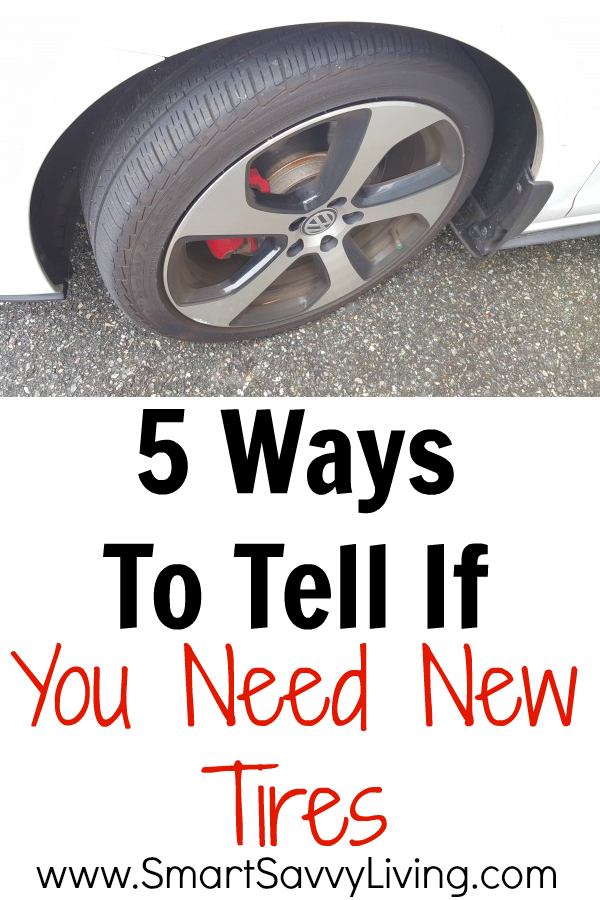 In addition, any tires have an uneven tread pattern, a spread of joints in the cord layers, and a lack of concentricity of the bead rings. nine0003
In addition, any tires have an uneven tread pattern, a spread of joints in the cord layers, and a lack of concentricity of the bead rings. nine0003
Car tires are produced with tolerances for external and landing dimensions, so all products of tire factories have different weights and sizes. In addition, any tires have an uneven tread pattern, a spread of joints in the cord layers, and a lack of concentricity of the bead rings. After installing the tires on the disk, these features lead to a mismatch between the axes of inertia and wheel rotation. Because of this, the center of gravity of the installed tire does not coincide with the center line of the drive shaft, resulting in an imbalance in the design, provoking radial and end play of the front or rear wheel. nine0003
The result of this defect may be a breakdown:
But it's not just the wheelbase that suffers from this beating. Disc imbalance accelerates tread wear, increases braking distance, reduces handling and overall safety of the driver and passengers.
Disc imbalance accelerates tread wear, increases braking distance, reduces handling and overall safety of the driver and passengers.
There are only two types of balancing defects: nine0003
Improper dynamic balancing is considered more dangerous than static radial runout. And if it exceeds the allowable limits, the wheel is sent to a balancing machine. With it, you can eliminate the causes that cause beating in the end and radial plane.
With it, you can eliminate the causes that cause beating in the end and radial plane.
Winter Drive Protection
Tires Goodyear UltraGrip Arctic 2 SUV
Winter Drive Protection Sound Comfort
Rating:
4.5
Tires Goodyear UltraGrip Ice 2
Tires Goodyear UltraGrip Performance+ SUV
Tires Goodyear UltraGrip Arctic 2
Winter Drive Protection Run On Flat Sound Comfort
Tires Goodyear UltraGrip Performance+
No tire manufacturer can guarantee the accuracy of the geometry and shape of their product.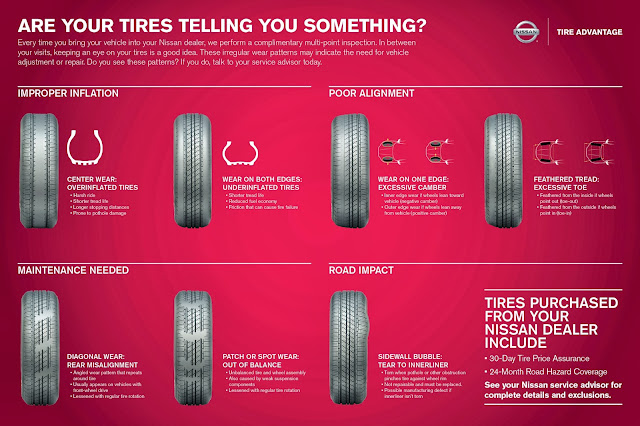 Even in the same batch, there are different thicknesses of the sidewalls, a discrepancy in the density of the cord, a spread in sealing joints and other defects that affect the location of the axis of inertia. Therefore, tire manufacturers were allowed to set tolerances for deviations from nominal dimensions and shape accuracy. nine0003
Even in the same batch, there are different thicknesses of the sidewalls, a discrepancy in the density of the cord, a spread in sealing joints and other defects that affect the location of the axis of inertia. Therefore, tire manufacturers were allowed to set tolerances for deviations from nominal dimensions and shape accuracy. nine0003
The deviation values are laid down in GOST 4754-97, which regulates the technical conditions for the production of tires. The same GOST also determines the permissible imbalance of the wheel with the tire installed. It depends on its type and diameter.
For radial models of tires, a difference in size and shape is allowed, provoking a beating with an amplitude of 1 to 2 millimeters. For diagonal models, the tolerance for radial and axial runout is 2 and 3 millimeters.
If the dynamic imbalance goes beyond this tolerance, the wheel is sent to the tire shop. This moment can be traced by indirect signs.
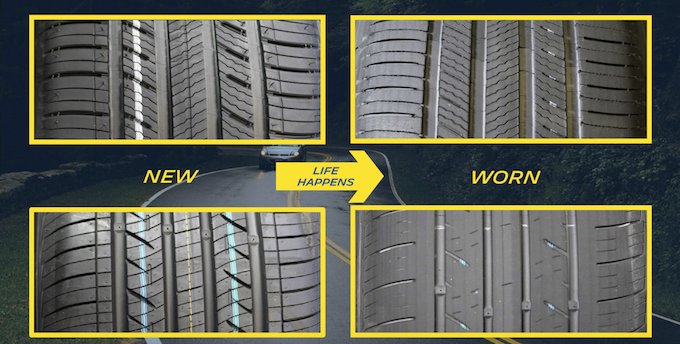
All types of tires need to eliminate the imbalance, this is done not only when installing new rubber. It is also ordered as the tires wear out, compensating for the negative impact of the eroding tread. nine0003
When to check balance:
These tips should be heeded by all owners of new cars. And if your car is living its last years, you should undergo balancing every 2-3 thousand kilometers. So you prevent serious suspension injuries and possible emergencies. And do not be afraid to lose money and time. An accident will cost much more, and modern types of balancing reduce the time of this procedure by several times. nine0003
nine0003
Wheel imbalance is eliminated using the following balancing technologies:
The automatic method involves the installation of calibrated, movable counterweights on the wheel, which are distributed over the surface of the disk under the action of centrifugal forces. After installing the granular weights, the wheel is spun, controlling the end and radial runout. Centrifugal acceleration moves the weight to the right place, and the beat controller stops the rotation of the disk after reaching an acceptable imbalance. With the help of an automatic balancer, it is possible to correct the radial and end defects of the wheel sets of buses and trucks. This technique is not suitable for light vehicles. nine0003
Dynamic compensation is performed on a balancing machine. The wheel is mounted on the axis of free rotation and spun up to angular speeds equivalent to 50-100 km/h. The measuring equipment of the machine fixes the lateral and radial runout, for which weights are used to compensate. Moreover, the machine controller gives recommendations on the weight of the weights in grams, and the place for installing counterweights is chosen empirically. Therefore, dynamic balancing lasts several hours. Static wheel imbalance leveling is performed using the same technology as dynamic compensation. nine0003
Finishing calibration allows you to refine the position of the weight on the disc. It is carried out after the completion of machine or automatic balancing. For finishing, special equipment is needed that analyzes the runout of the wheel and indicates the location of the compensator.
Balancing weights are printed and self-adhesive. The former are mounted using a bracket that provides mechanical fixation of the position of the counterweight. The second is glued to the inner surface of the disk. A more reliable option is considered a stuffed weight - it does not fly off the rim even when hitting a curb.